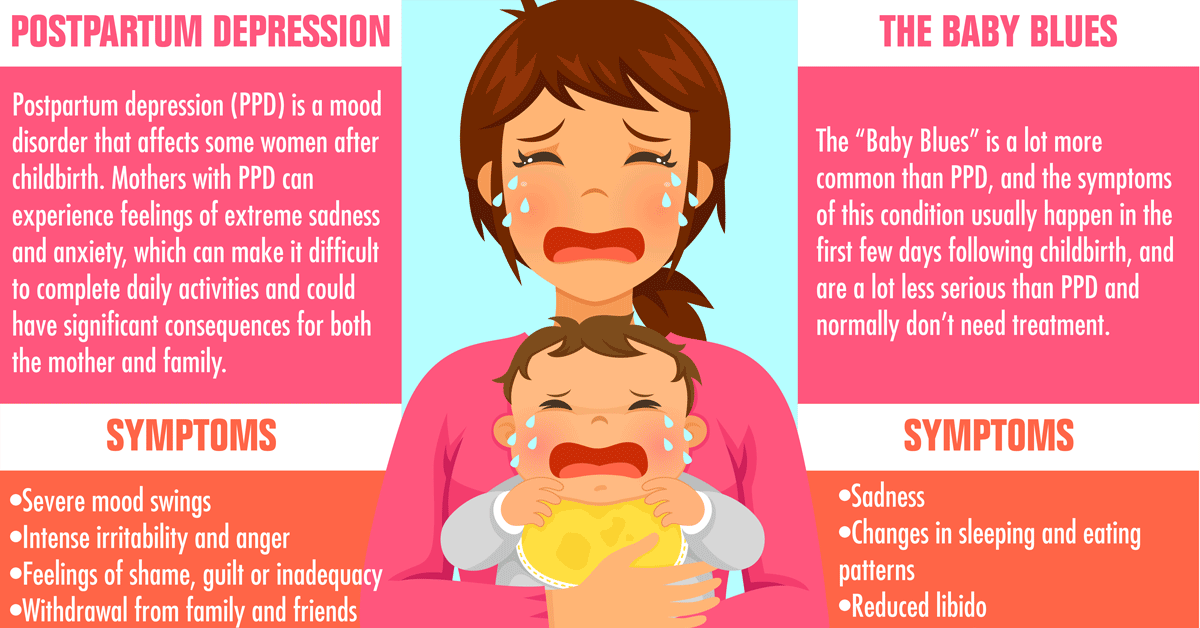What Is Avoidant Personality Disorder And How Is It Treated
What Is Avoidant Personality Disorder And How Is It Treated
Blog Article
How Do State Of Mind Stabilizers Job?
State of mind stabilizers assist to soothe locations of the mind that are influenced by bipolar illness. These medications are most effective when they are taken routinely.
It may take a while to find the right medication that functions ideal for you and your medical professional will certainly check your problem throughout treatment. This will certainly include routine blood examinations and potentially an adjustment in your prescription.
Neurotransmitter regulation
Natural chemicals are a group of chemicals that control one another in healthy and balanced people. When degrees come to be out of balance, this can bring about state of mind problems like depression, anxiety and mania. Mood stabilizers help to prevent these episodes by helping regulate the balance of these chemicals in the mind. They additionally might be made use of together with antidepressants to improve their efficiency.
Medications that function as mood stabilizers include lithium, anticonvulsants and antipsychotics. Lithium is possibly the most well known of these medications and works by affecting the flow of sodium via nerve and muscle mass cells. It is most often made use of to treat bipolar affective disorder, however it can likewise be handy in dealing with other state of mind disorders. Anticonvulsants such as valproate, lamotrigine and carbamazepine are additionally efficient mood stabilizing medications.
It can take some time to locate the ideal type of drug and dose for every person. It is necessary to collaborate with your physician and take part in an open discussion about just how the medicine is working for you. This can be particularly helpful if you're experiencing any adverse effects.
Ion channel inflection
Ion networks are a major target of state of mind stabilizers and many various other medicines. It is now well developed that they are dynamic entities that can be regulated by a range of exterior stimulations. In addition, the inflection of these networks can have a series of temporal effects. At one extreme, changes in gating dynamics may be quick and instantaneous, as in the nicotinic acetylcholine receptor/channel system. At the other end of the range, covalent modification by protein phosphorylation might cause changes in network function that last longer.
The area of ion network modulation is going into a duration of maturation. Current researches have actually shown that transcranial concentrated ultrasound (United States) can stimulate neurons by triggering mechanosensitive potassium and salt networks installed within the cell membrane layer. This was shown by expressed channels from the two-pore domain potassium family in Xenopus oocytes, and focused US significantly modulated the current flowing through these channels at a holding voltage of -70 mV (right panel, relative effect). The outcomes follow previous monitorings revealing that antidepressants impacting Kv channels manage glia-neuron communications to contrary depressive-like habits.
Neuroprotection
Mood stabilizers, like lithium, valproic acid (VPA), and carbamazepine, are necessary in the therapy of bipolar illness, which is defined by recurring episodes of mania and clinical depression. These medications have neuroprotective and anti-apoptotic properties that help to prevent cellular damages, and they likewise improve cellular strength and plasticity in useless synapses and neural circuitry.
These protective activities of state of mind stabilizers may be moderated by their restraint of GSK-3, inositol signaling, and HDAC activity. Additionally, lasting lithium therapy safeguards against glutamate excitotoxicity in cultured neurons-- a model for neurodegenerative disorders.
Researches of the molecular and mobile impacts of mood stabilizers have revealed that these drugs have a wide variety of intracellular targets, consisting of numerous kinases and receptors, in addition to epigenetic modifications. Further study is needed to determine if mood stabilizers have neurotrophic/neuroprotective actions that are cell kind or wiring certain, and exactly how these impacts may enhance the rapid-acting healing feedback of these representatives. This will certainly assist to establish new, faster acting, more effective therapies for psychological health problems.
Intracellular signaling
Cell signaling is the process whereby cells communicate with their setting and various other cells. It includes a sequence of steps in which ligands interact with membrane-associated receptors and lead to activation of intracellular paths that control vital downstream cellular functions.
State of mind stabilizers act upon intracellular signaling through the activation of serine-threonine protein kinases, causing the phosphorylation of substratum proteins. This triggers signaling cascades, bring about adjustments in genetics expression and mobile function.
Many state of mind stabilizers (consisting of lithium, valproate and lamotrigine) target intracellular signaling paths by inhibiting specific phosphatases or activating specific kinases. These therapy for anxiety and depression results trigger a reduction in the activity of these paths, which brings about a decrease in the synthesis of specific chemicals that can affect the mind and cause signs of depression or mania.
Some state of mind stabilizers additionally function by boosting the activity of the repressive neurotransmitter gamma-aminobutryic acid (GABA). This enhances the GABAergic transmission in the mind and decreases neural task, thus generating a soothing effect.